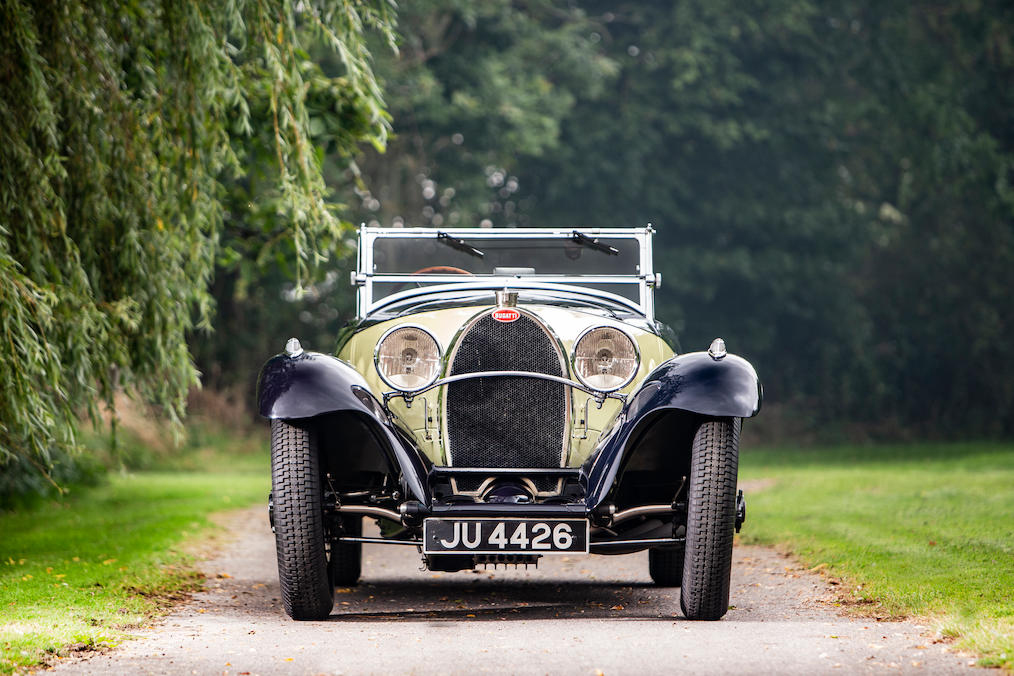Bonhams. North Star or seafarer’s deception?
13 February 2020 4 min read 6 images

With €19,405,749 taken from the cars alone, Bonhams all but doubled last year's results (when the total stopped at €11.1 million) and it was the second-best result of all time. What was the “magic” recipe?
Register to unlock this article
Signing up is free and gives you access to hundreds of articles and additional benefits. See what’s included in your free membership. See what's included in your free membership.
Already have an account? Log In